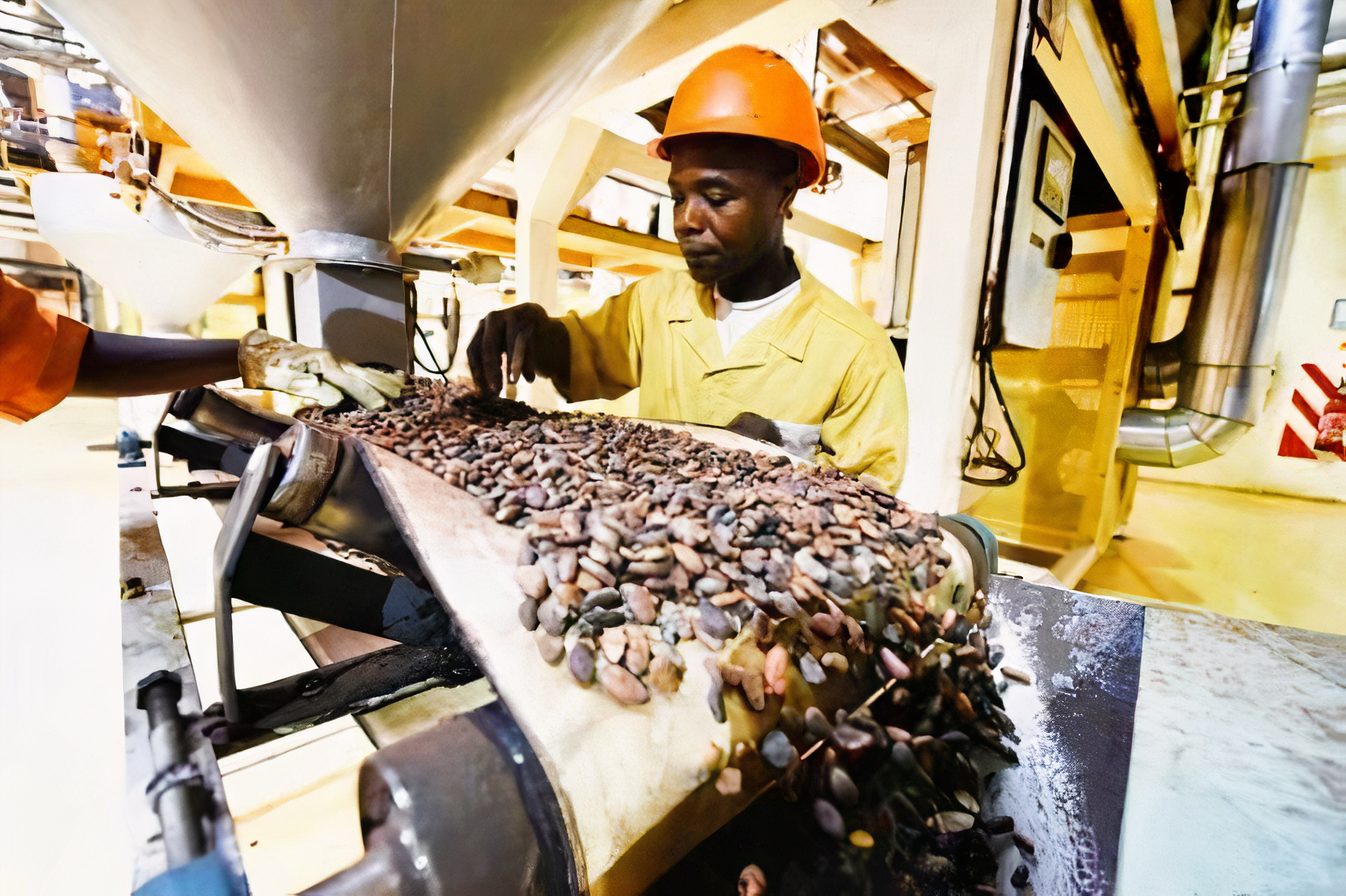
Invest in Cameroon's
Vision 2035 Emergence
Official Investment Charter framework • Guaranteed profit repatriation • CPDM-led economic transformation • Strategic sectors with real opportunities for diaspora investors
Strong Economic Recovery Underway
IMF projects 4.3% GDP growth for 2024, while AfDB forecasts 4.4% growth for 2025, driven by infrastructure investment and manufacturing sector momentum.
2024-2025 Economic Indicators

Growth Drivers for Investor Confidence
Legal Investment Guarantees
Law N°2002/004 Investment Charter: Guarantees freedom to repatriate foreign capital invested and profits made, plus salary savings for expatriate staff.
OHADA Legal Framework: Commercial legal system follows Organisation for the Harmonisation of Business Law in Africa standards, ensuring legal protection for investors.
Equal Treatment: Foreign investors receive equal treatment as Cameroonian entities, with full protection of Cameroonian law.
Arbitration Rights: Free choice of legal procedure for arbitration and dispute settlement, including international arbitration.
"Cameroon offers immense investment potential in infrastructure, agriculture and extractive industries, consumer markets, and modern communication technology."
— U.S. State Department Investment Climate Statement 2024
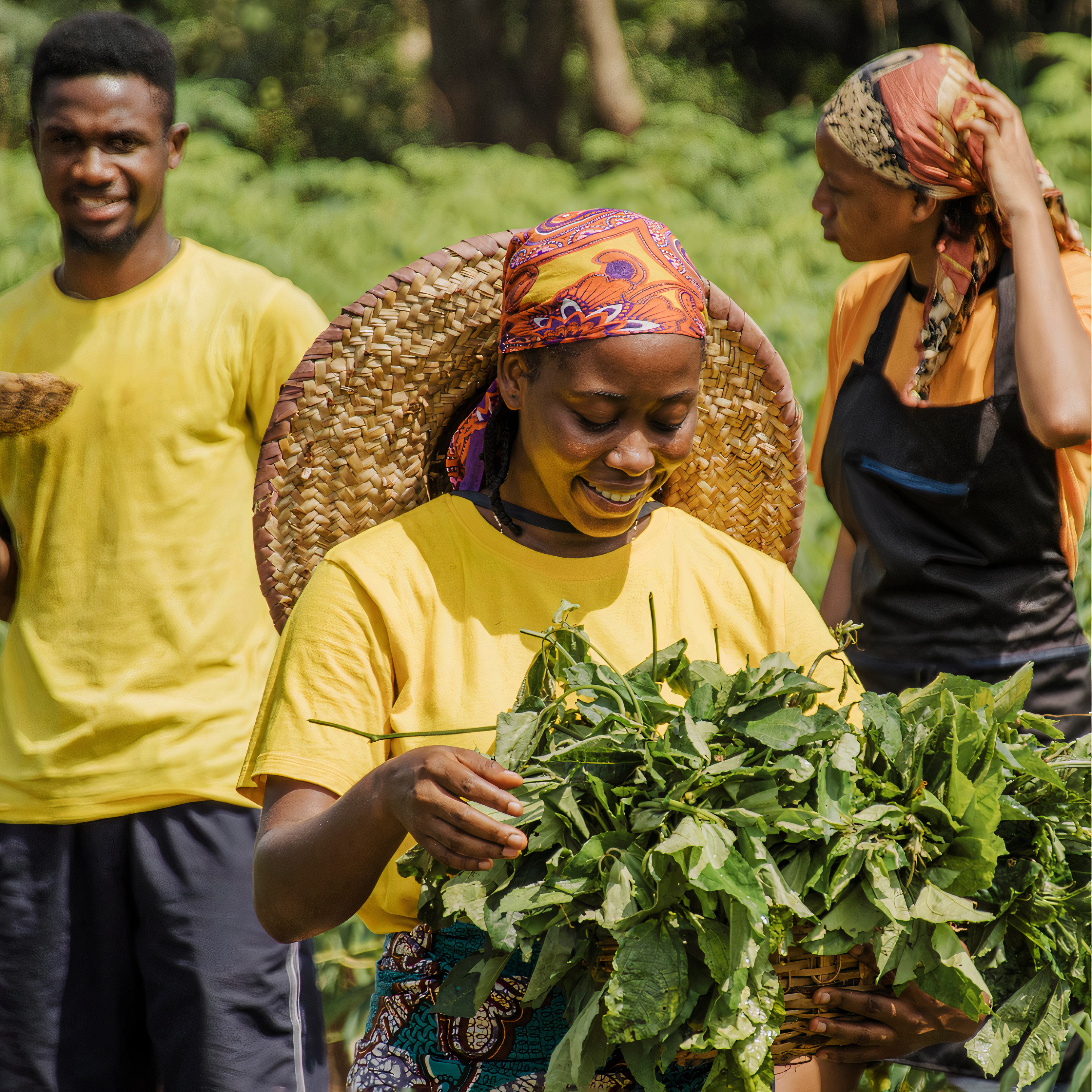
Strategic Investment Opportunities
Expanded investment incentives for agriculture, renewable energy, and drinking water projects. Immense potential in infrastructure, extractive industries, and consumer markets with government support.
Mining & Extractives
Agriculture & Processing
Renewable Energy
Financial Services
Digital Infrastructure
Manufacturing & Consumer
Official Investment Schedules
Three distinct investment regimes under the Investment Charter, each offering specific incentives and benefits designed to attract different scales of investment.
SME Investment Benefits
Eligibility Requirements: Investment ≤ 1.5 billion CFA francs, specific employment creation levels, minimum 35% Cameroonian capital participation.
10-Year Benefits: Tax exemptions during establishment and operational phases, customs duty reductions on capital goods, streamlined administrative procedures.
Target Sectors: Manufacturing, agro-processing, services, technology startups, and import-substitution industries.
Perfect for Diaspora Entrepreneurs
Ideal entry point for diaspora investors looking to establish businesses in Cameroon with government support and tax incentives.
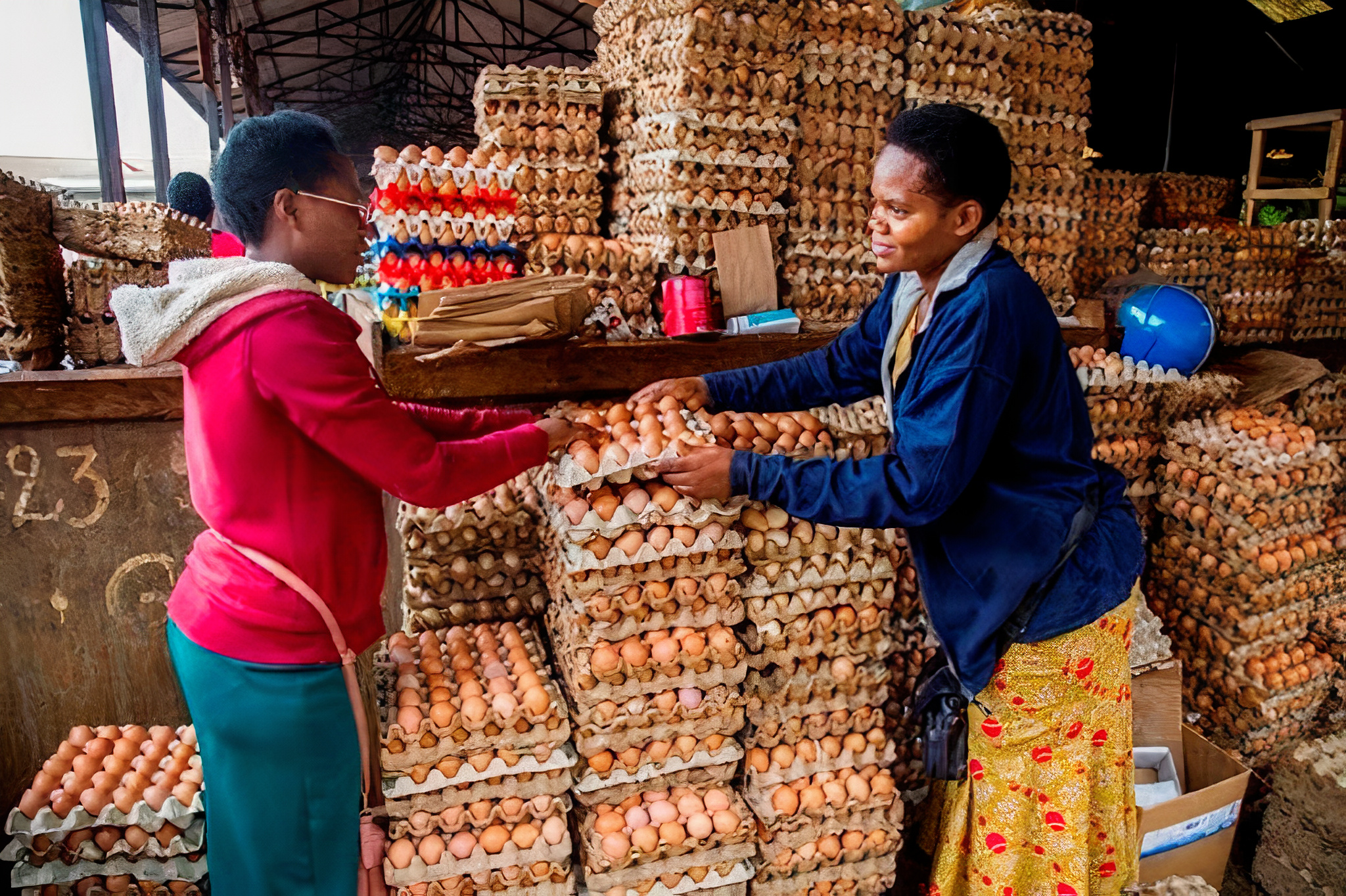
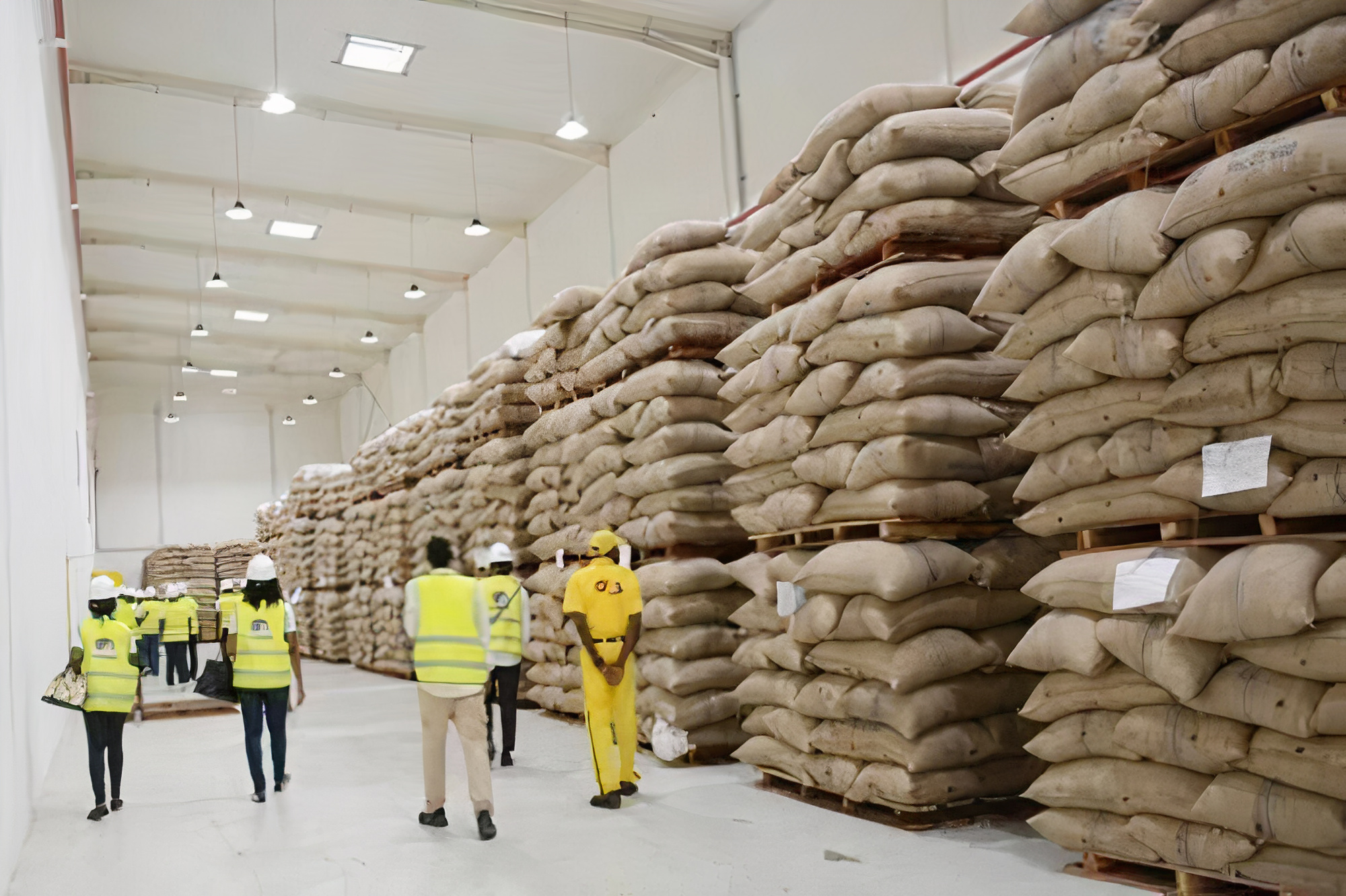
Large Enterprise Benefits
Investment Scale: Major investments exceeding SME thresholds, typically industrial or large-scale service operations with significant employment creation.
15-Year Incentives: Extended tax benefits, duty-free import of equipment, accelerated depreciation, and priority access to industrial land.
Focus Areas: Manufacturing, infrastructure development, large-scale agriculture, mining support services, and industrial processing.
Industrial Development Priority
Supports Vision 2035 goal of reaching 25% industrial share of GDP through substantial private sector investments.
Strategic Sector Investments
Strategic Criteria: Export ≥50% of turnover, use local natural resources ≥50% of inputs, create 1 job per 20 million CFA investment.
17-Year Benefits: Maximum incentive period with comprehensive tax exemptions, customs privileges, and government support for strategic national priorities.
Priority Sectors: Export-oriented industries, local resource processing, high-employment projects, technology transfer initiatives.
Vision 2035 Alignment
Directly supports emergence strategy through export promotion, local resource valorization, and substantial job creation.
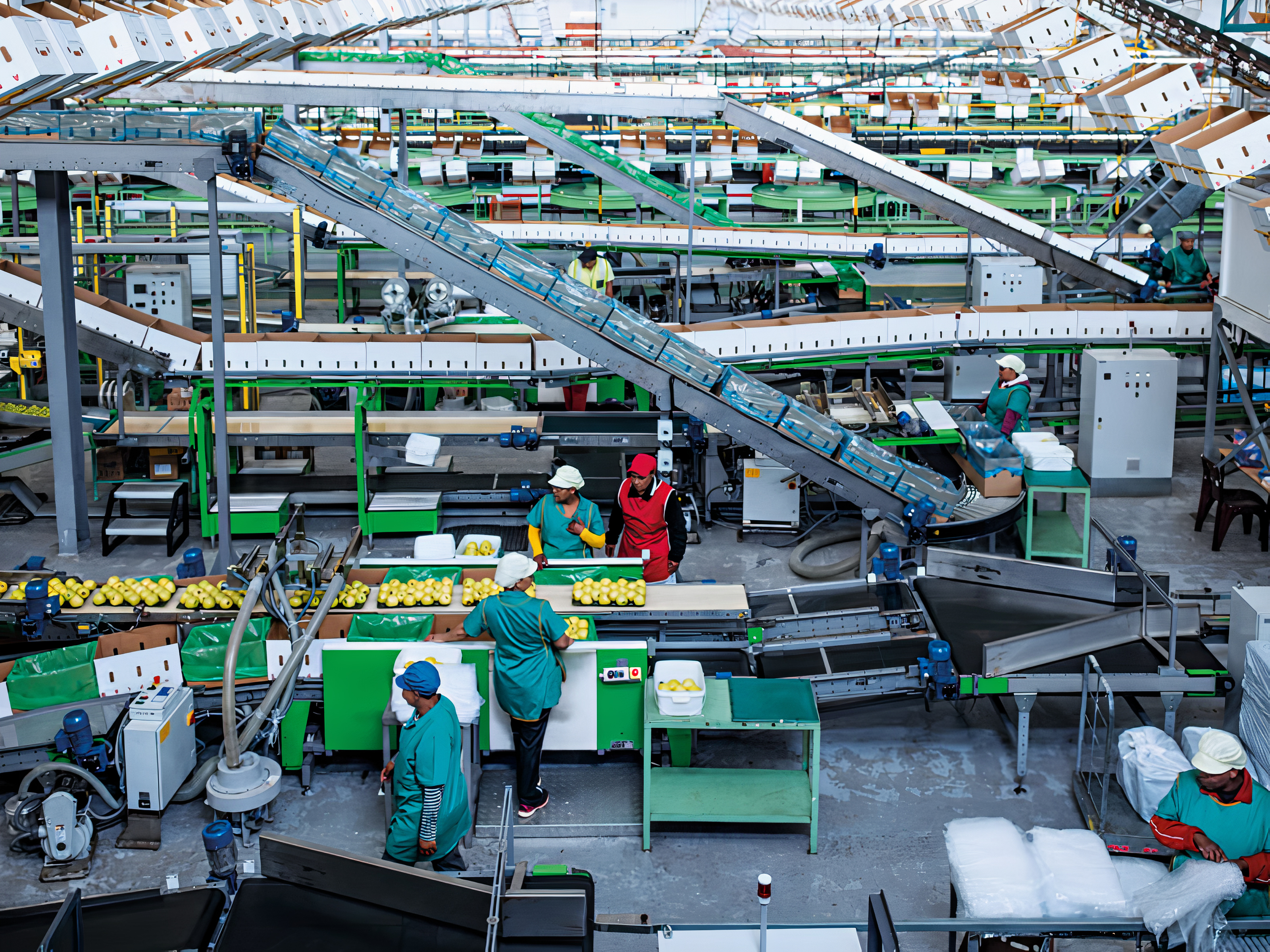
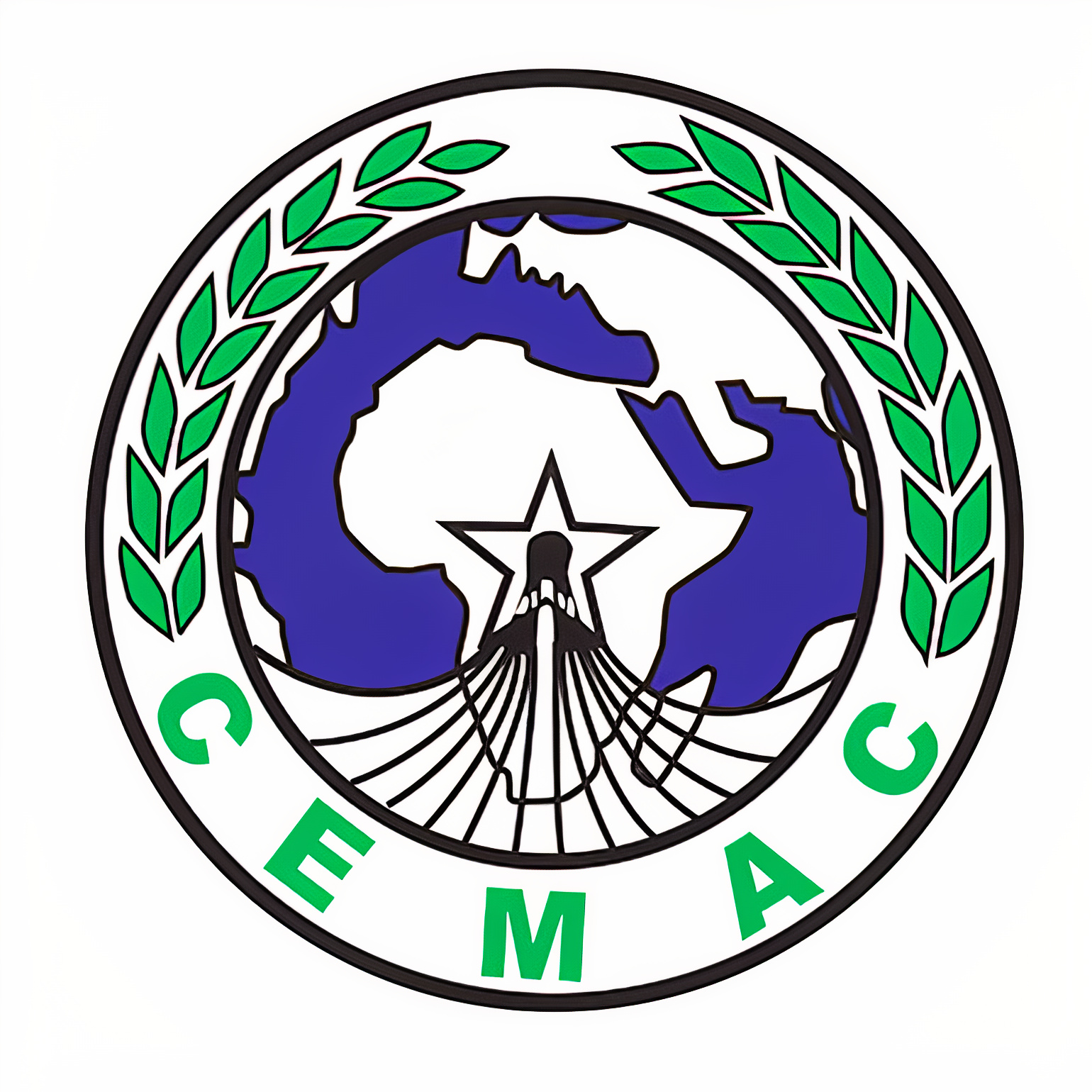
Unmatched Competitive Advantages
Strategic Location: Gateway to landlocked countries in Central Africa, largest economy in CEMAC with access to over 50 million regional consumers.
Political Stability: Relative political stability and 43+ years of continuous democratic governance under President Paul Biya, while neighboring countries face ongoing crises.
Linguistic Advantage: Bilingualism in French and English provides unique access to both Francophone and Anglophone African markets.
High-Priority Investment Sectors
Vision 2035 strategic sectors with proven government support, international partnerships, and substantial growth potential.
Agriculture & Agro-Processing
2023 Incentives: Tax exemptions at both investment and operational phases, 5-year business tax waiver for agriculture investments.
Key Opportunities: Cocoa processing, coffee value chains, palm oil, cassava processing, livestock development.
Infrastructure Development
Active Projects: $2.5 billion African Development Bank partnership, road networks, port expansion, urban development.
PPP Opportunities: Public-private partnerships in transport, energy, water, telecommunications infrastructure.
Energy & Power Generation
Major Projects: Nachtigal 420MW hydroelectric plant operational, 500MW Kikot development, 30MW Maroua solar projects.
Opportunities: Solar installations, mini-grids, energy storage, rural electrification.
Manufacturing & Industrial Processing
Current Challenge: Manufacturing share declined to 13.9% of GDP in 2024, requires 5.5% annual growth to reach 25% target by 2035.
Investment Need: Textiles, pharmaceuticals, construction materials, aluminum processing, timber value-addition.
Digital Economy & ICT
Growth Target: Digital economy contribution target: 8% of GDP by 2035 through e-governance, fintech, and digital services.
Opportunities: Tech startups like Yango, mobile money, e-commerce platforms, fiber optic infrastructure.
Financial Services
Market Gap: Only 15% of Cameroonians have access to formal banking services, creating massive growth potential.
Opportunities: Microfinance, digital banking, insurance, capital markets, payment systems.
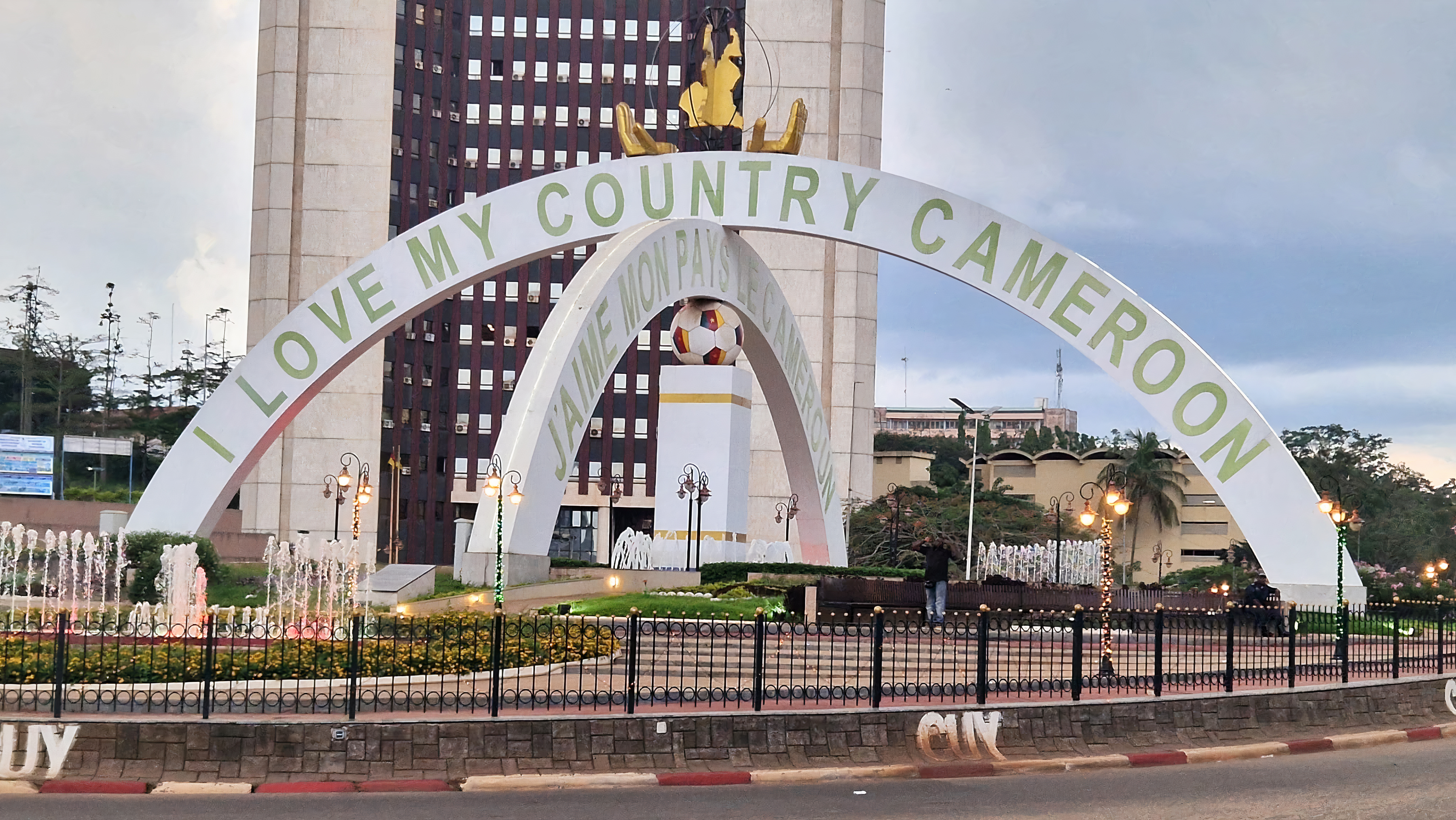
Diaspora Investment Support Framework
CPDM government recognizes diaspora as crucial development partners, with dedicated support systems for homeland investment.
CIPA One-Stop-Shop
Cameroon Investment Promotion Agency serves as one-stop-shop, facilitating business assistance to foreign and domestic investors.
Application processing, approvals, visa assistance for expatriate staff, project coordination support.
Remittance-to-Investment Programs
Government policy to channel diaspora funds from family support to productive investment in economic sectors.
$600M annual remittances (2023) represent significant investment potential for national development.
Investment Protection
OHADA legal framework ensuring commercial law consistency across West and Central Africa.
Bilateral investment treaties, international arbitration rights, dispute resolution mechanisms.
Investment Process: Step-by-Step
Streamlined procedure through CIPA one-stop-shop, designed to facilitate diaspora investment in strategic sectors.
Project Assessment & Documentation
Prepare business plan, assess investment schedule eligibility (SME/Enterprise/Strategic), gather required documentation for CIPA submission.
CIPA Application Submission
Submit application to CIPA one-stop-shop, receive receipt within 2 days, file forwarded to Minister of Finance for approval processing.
Government Approval & Incentive Confirmation
Ministry review, approval decision, investment schedule confirmation, tax incentive package finalization.
Implementation & Monitoring
Project launch, ongoing monitoring by Presidential Monitoring Committee, regular progress reporting, benefits realization.